Classification of aquifers
Groundwater is located at different levels. Some are suitable only for technical needs. Others can be used as drinking water. The deeper the layer, the cleaner the water.
Water horizons can be divided into pressure and non-pressure.
Verhovodka
In easily permeable sandy soils, the top water is not formed. For its formation, denser loess soils and loams are needed. This water can only be used for technical purposes. It is not suitable for drinking, as it is heavily contaminated.
Ground water
They are located on the first waterproof layer from the surface. This is a permanent water horizon, in different areas it is located at different depths from 5 to 20 meters. Formed by precipitation and infiltration of surface waters.
They can be located between two waterproof layers, or be limited to them only from below. Depending on this, they are pressurized or non-pressurized. Their level depends on the season: it rises in spring and autumn, decreases in summer.
Groundwater is readily available, can be used for household needs, as well as for drinking and cooking with additional filtration and boiling.
Interstratal waters
Some layers are well cleaned from undesirable impurities by the overlying strata, do not require cleaning and decontamination. Can be used for drinking and household needs without additional processing.
The artesian layer is one of the types of interstratal waters, characterized by high pressure and constant level.
Varieties of wells
Wells can be subdivided according to their purpose and execution method.
Exploration
A small-diameter drill is used for exploration. If you look for a top water - a diameter of 10 centimeters is enough to get to the groundwater - 20 cm. To search for deeper layers, a larger diameter is used. A special probe is lowered into the exploration well, which makes it possible to understand at what depth the aquifers lie.
Abyssinian filter
This is the easiest way to provide a country house and plot with water. For its device, a plastic or metal pipe with a diameter of 2.5 - 4 cm with a sharp metal tip is used. Filters are installed at the bottom.
The pipe is driven to a depth of 10-20 meters. An electric or manual pump is installed on top. Depending on the saturation of the aquifer, the productivity of the Abyssinian can reach 3-5 cubic meters per hour.
Benefits:
- Low cost.No expensive materials are required for the Abyssinian well.
- Installation work can be done independently, without the involvement of sophisticated drilling equipment.
- High installation speed. The work can be completed in a few hours.
- Can be arranged anywhere on the site, as well as in the basement or garage.
- Durability. If the well is properly equipped, it will last 15-30 years.
But she also has disadvantages:
- An Abyssinian well can only be installed on sand. If harder rocks lie in the ground: limestone, thick layers of clay - its arrangement is impossible.
- The distance from the electric pump to the water mirror should be no more than 8 m. If the aquifer lies deeper, it is necessary to make a caisson and lower the pump lower.
Filter sand
Drilling continues until the first sandy aquifer is reached. A concrete pipe with a diameter of 130 - 150 mm is used for the well construction. A filter is installed in the part that is immersed in the sand. A submersible pump is used to raise water.
The service life of a filter well depends on several factors:
- frequency of use - the more often you pump water, the longer it lasts;
- on the composition of the layer - if the soil consists of sand with coarse fractions and a large amount of gravel admixture, the well will last a long time.
Pros of a well for sand:
- small-sized equipment is used for drilling, which is especially important in a well-equipped area;
- relatively low cost;
- using an inexpensive pump;
- fast drilling process (1 - 2 days).
Minuses:
- low productivity (up to 1 cubic meter per hour);
- unstable quality;
- seasonal level fluctuations.
Sand wells are most common due to the optimal ratio of installation costs, quality and quantity of water.
Artesian (for limestone)
A powerful rotary-type rig is required for drilling. Increased requirements are also applied to the casing, since in the event of a malfunction, it is problematic to repair it at great depths. The ideal solution is a reinforced plastic pipe. Powerful pumping stations are used to raise water.
The advantages of artesian wells:
- high quality water;
- good performance (up to 10 cubic meters per hour);
- lack of seasonal fluctuations in level and quality;
- durability (up to 50 years);
- does not require maintenance.
Disadvantages:
- high cost of work;
- long drilling process (up to 7 days);
- the participation of oversized equipment is required, it is better to drill a well in an unsettled area.
High productivity of the well allows it to be used for several sections
Which well is better to equip on the site
When choosing the type of well, the owners of country houses are usually guided by the budget and the availability of the site for drilling techniques.
Also, the decision is influenced by the effect of Article 19 of the Law "On Subsoil" as amended and supplemented in 2017. In accordance with the changes, for the arrangement of an artesian well, it is necessary to obtain a license for the right to use subsoil. Registration is not required for Abyssinian and filter wells.

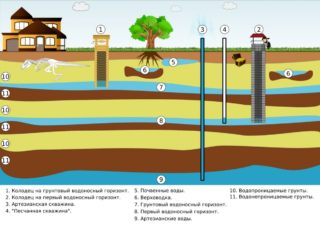
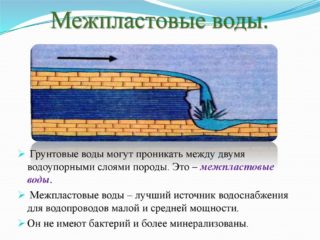
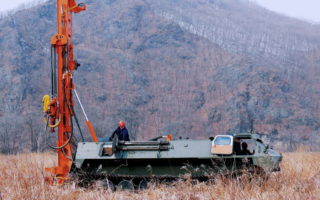
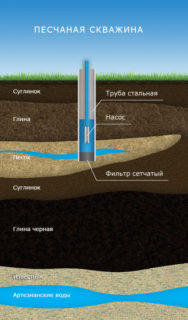
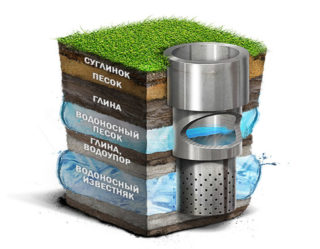
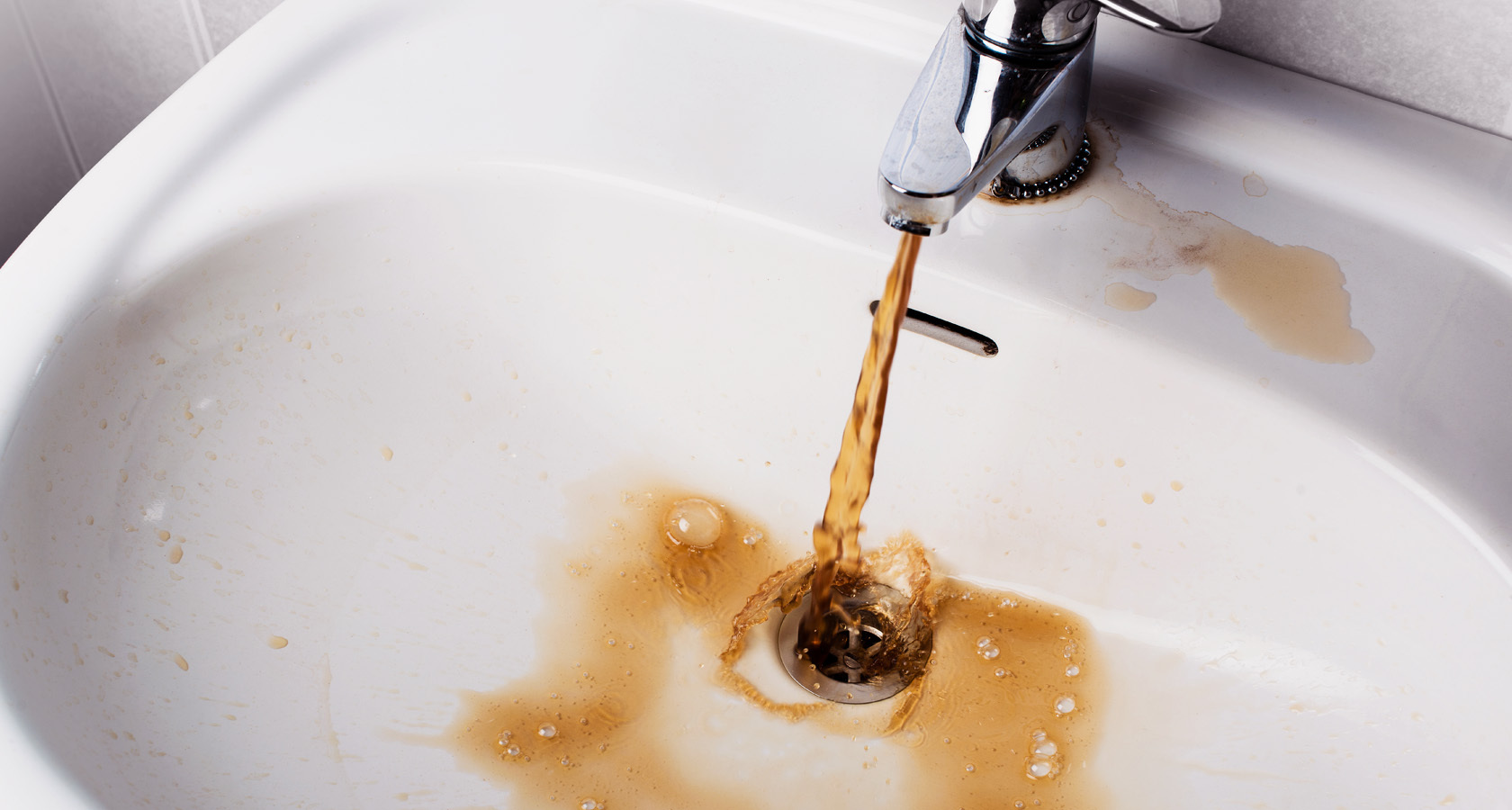
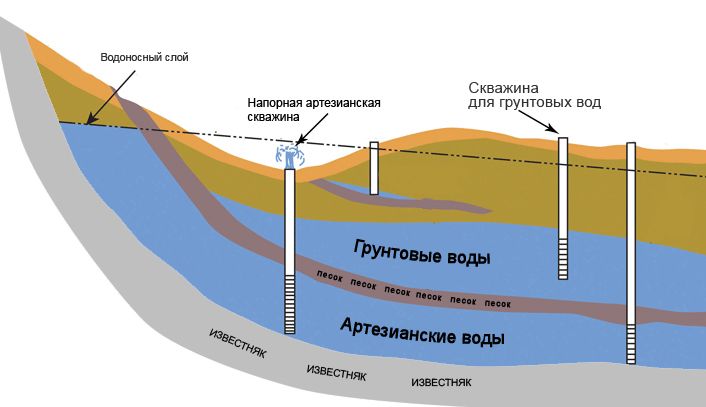

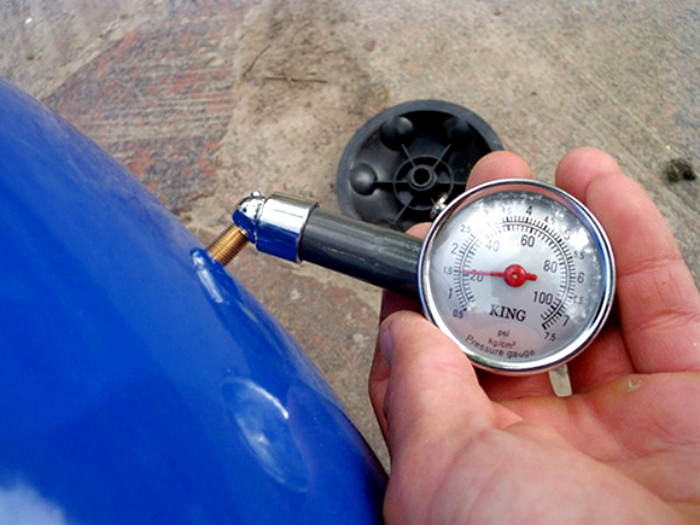
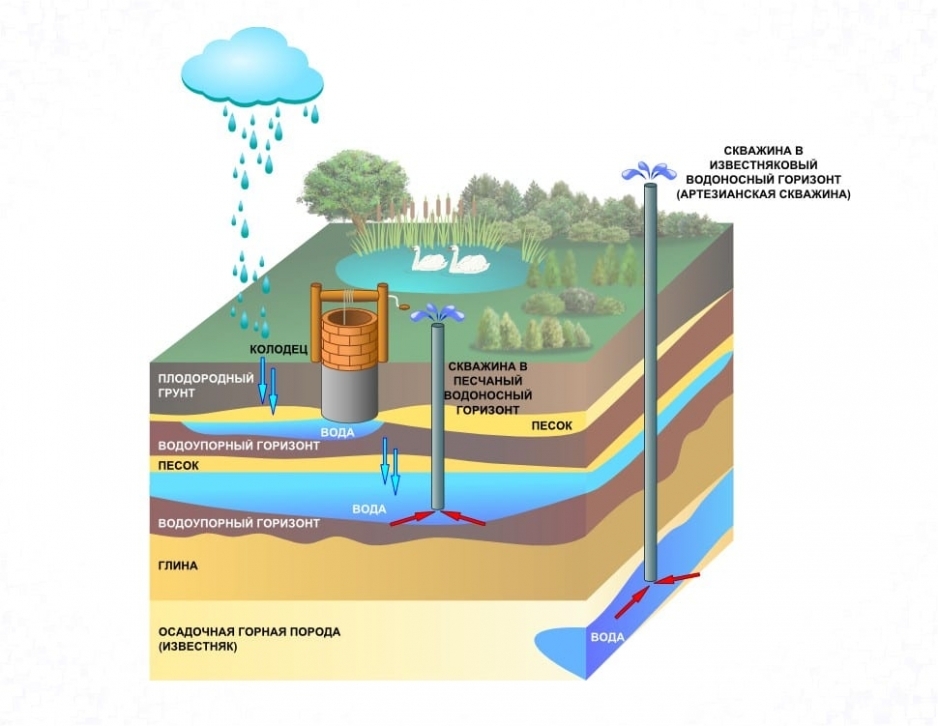
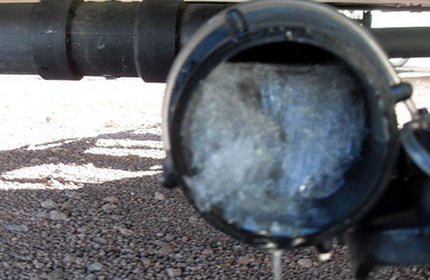
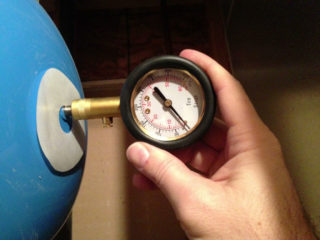
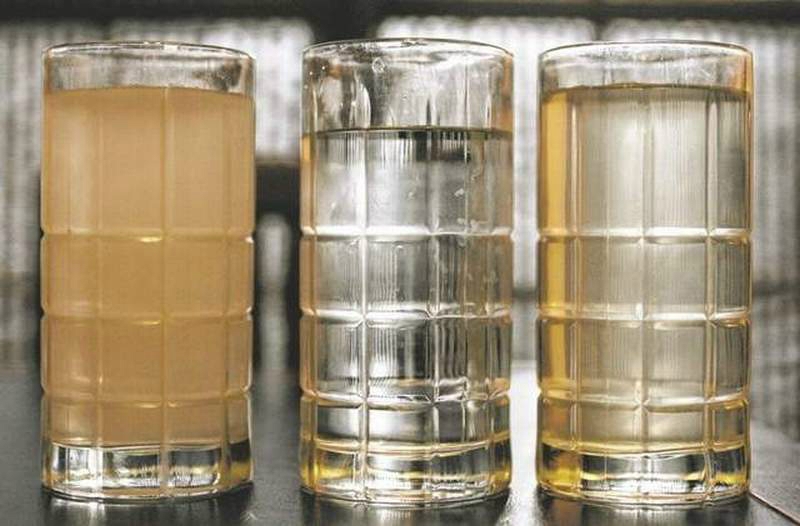
"More than 40 meters, powerful rotary installations are required." Nonsense. I drilled 62 meters in solid clay at UGB-1vs. I walked 36 meters with augers by 140 mm, then I loaded it by 180 mm. 2 times did a full lift for cleaning. There was a common lance on the borer with four rp-3 cutters welded on.Further 62 meters, the car ran into the slates and began to gallop, I had to stop. Some 4 meters did not reach the water (although before that two powerful aquifers passed). I had to drill URB-1.5.